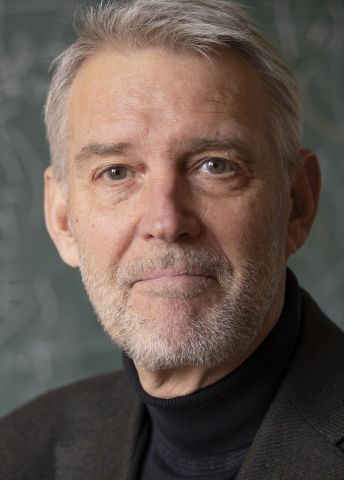
Johan Åqvist
Professor of Theoretical Chemistry
Wallenberg Scholar
Institution:
Uppsala University
Research field:
Computer-aided enzyme design
Professor of Theoretical Chemistry
Wallenberg Scholar
Institution:
Uppsala University
Research field:
Computer-aided enzyme design
Enzymes adapted to extreme environments
Certain enzymes can function despite severe cold or heat, extremely high pressure or salt concentration. Johan Åqvist and his research team study how evolution has managed to create enzymes that work under extreme conditions.
Enzymes that are able to do their job despite very harsh conditions can be found in various microorganisms. Even cold-adapted fish that live in waters close to freezing point have enzymes that can catalyse chemical reactions despite the cold. However, mammalian enzymes are almost completely inactive in such cold conditions, for example.
Often, the amino acid sequence of cold and heat-adapted enzymes is very similar and a limited number of mutations cause the adaptation to the external conditions. In terms of adaptation to different temperatures, a curious phenomenon is seen in the catalysed reactions. In cold-adapted enzymes, the activation energy decreases significantly while the flexibility increases. It is precisely this phenomenon that results in increased activity when the temperature drops. In heat-adapted enzymes, on the other hand, the main problem is maintaining stability at higher temperatures, i.e. having a high melting point.
Designing properties of enzymes
With knowledge of the 3D structures of enzymes, it has now become possible to simulate the catalytic reactions using large computer calculations. Reaction rates, binding strength to the substrate, activation energies and entropies, melting temperature, etc. can now all be calculated. This allows researchers to explain for the first time how different mutations affect adaptation to extreme conditions. By understanding the thermodynamic and structural principles used by evolution to adapt enzymes to different extreme environments, Åqvist and his research team want to use this knowledge to rationally design the physical properties of enzymes and verify this through biochemical experiments.
Photo: Mikael Wallerstedt